Do you love planting in the gallery? Here are Common Balcony Gardening Problems and Tips to Solve Them, which will come in handy!
Most of the problems balcony gardeners face are universal, so we’ve compiled basic and common problems with their answers, hoping that these tips and answers will help you create a wonderful balcony garden.
Common Balcony Gardening Problems and Tips to Solve Them
1. Shady Balcony Garden
Usually, a balcony facing North or East is left empty or used as a “warehouse”–brooms, rugs, and various storage materials are piled up there to utilize the space. Is this the right way to use a balcony? A big no! The balcony is the only open space in most apartments and flats, and you should use it wisely.
The Tips: The key to success lies in selecting plants that thrive in low-light conditions. These plants are often moisture-loving, as the soil tends to stay damp in shaded areas. Consider opting for ferns, ivy, begonias, or peace lilies. If you’re lucky enough to get a few hours of indirect sunlight, you can explore growing shade-tolerant herbs and vegetables like mint, parsley, and lettuce.
If your balcony receives no direct sun and is completely shady, then read our informative post on the plants you can grow without sun.
2. Sunny Balcony Garden
South—and West-facing balconies are exposed to full sunlight for most of the day. This is a good thing, but keep in mind that plants grown in gardens can freely expand their roots, whereas potted plants have limited space to grow and depend on you for watering and nutrients.
The Tips: To combat this, consistent watering and fertilization are needed. Aim to water daily, especially during hot weather, and apply a balanced fertilizer every week or two. Using clay pots can help regulate soil temperature, and adding shade-providing elements like vines or umbrellas can offer relief to your plants.
With careful planning, you can grow a wide variety of sun-loving flowers, vegetables, and even small fruit trees on your sunny balcony. From citruses to dwarf apple trees and roses to petunias, many options are available. For more information, see our guide on South and West facing balcony plants.
3. Balcony Watering and Drainage Problem
Proper watering is crucial for balcony gardening success. However, it’s easy to overwater or drown your plants, especially in containers. This is a common problem with most balcony gardeners.
The Tips: The easiest solution is to put a saucer under a pot with a layer of pebbles in it. Pebbles allow the container to drain freely and prevent the bottom of the pot from standing in water. They also add a decorative element. You can also go for self-watering hacks. They allow the plants to take and soak the water when needed; another benefit of them is that you can freely forget your watering duty a few times.
Pro Tip: Go with hydrogel crystals. When these are added to soil, they absorb excess water and allow the plant to go several days without watering. They also release moisture from time to time when needed.
4. Getting Privacy on a Balcony
Often, you want to hide a structure that serves as a wall or railing on your balcony to add more privacy or maybe even hide an element due to its ugliness.
The Tips: Climbing plants are excellent for covering walls and railings. Ivy, jasmine, and honeysuckle are popular options, but you can also experiment with edible climbers like grapes or beans. If you prefer a denser screen, consider using dwarf conifers or ornamental grasses. For a quicker solution, privacy screens or artificial greenery can be used.
5. Lack of Space
Last, the most obvious and biggest is the lack of space. Is there any way to add more space on a tiny balcony? Of course, there is!
The Tips: The key is to utilize vertical space. You can try wall-mounted planters, hanging baskets, and tiered shelving units for this. You can also grow dwarf plants that grow up and cover more vertical space. You can train the plants for this. To read more about this, read our article on the best balcony garden plants.
6. Wind Exposure
Gusty conditions can uproot delicate plants, damage leaves and stems, and rapidly dry out the soil, leaving your garden vulnerable.
The Tips: Selecting plant varieties known for their wind resistance is a great starting point. Look for plants with sturdy stems and deep root systems that can better withstand strong gusts. Lavender and rosemary are great for this. Creating a windbreak can also provide much-needed shelter for your plants. For smaller balconies, consider using hanging baskets, as they are less susceptible to wind damage.
Providing additional support can be especially helpful if you have particularly delicate or young plants. Stakes or plant cages can help stabilize them and prevent them from toppling over.
7. Weight Limit
Balconies are designed to support a specific amount of weight. This weight limit includes people, furniture, and any additional items like planters. Exceeding this limit can be dangerous, as it can lead to structural damage or even collapse.
The Tips: Before starting your balcony garden, it’s important to check your balcony’s weight limit. This information can usually be found in your building’s guidelines or by contacting your landlord or property management. To avoid overloading your balcony, using lighter materials for your planters can be helpful. Plastic and fabric planters are generally lighter than their ceramic or terracotta counterparts. Vertical gardening is another excellent option.
Remember: Safety should always be a top priority when gardening on a balcony.
8. Temperature Fluctuations
Balconies are exposed to significant temperature variations throughout the year. The intense heat during summer and cold spells in winter can pose problems for your plants. It can impact seed germination, plant growth, and even flowering.
For instance, extreme heat can cause plants to dehydrate quickly, leading to wilting and even death. On the other hand, freezing temperatures can damage or kill many plants.
The Tips: Use frost-tolerant or heat-resistant species. To protect your plants further, use shade cloths and frost protection. Shade cloths reduce sun exposure during scorching days, while frost blankets provide insulation against cold temperatures. In extreme cases, temporarily bringing sensitive plants indoors can be a good option.
9. Limited Growing Season
Gardeners in regions with shorter growing seasons face unique challenges when cultivating plants on their balconies. The shorter period of favorable weather can limit the time available for plants to germinate, grow, and produce.
The Tips: It’s essential to choose plant varieties that mature quickly. Look for early-maturing vegetables like radishes, lettuce, spinach, and fast-blooming flowers. Another effective strategy is to start your plants indoors. You can give your plants a head start by germinating seeds indoors a few weeks before the last frost. This allows them to establish themselves more quickly once transplanted to your balcony.
There you have it, folks! Now that you know all the common balcony gardening problems and tips to solve them, there’s nothing to stop you from growing a pretty garden in the gallery.


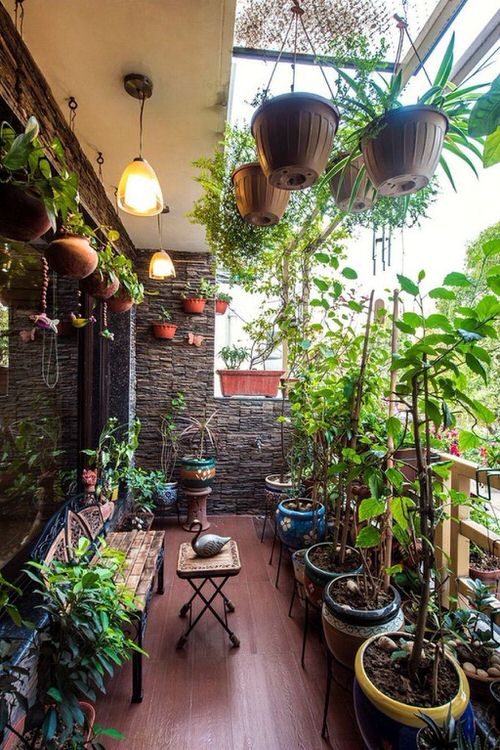
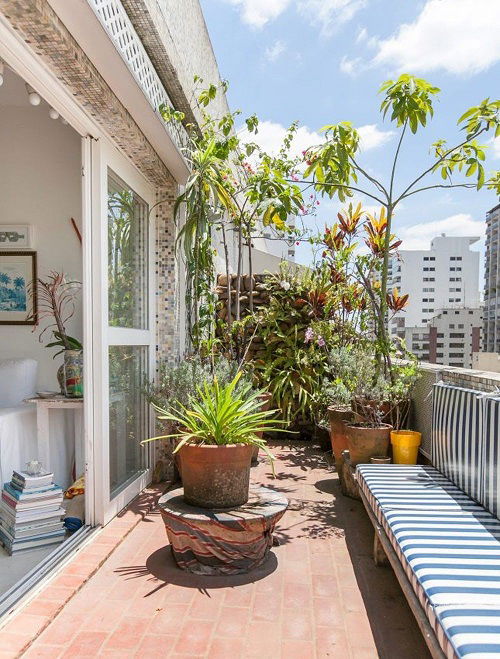
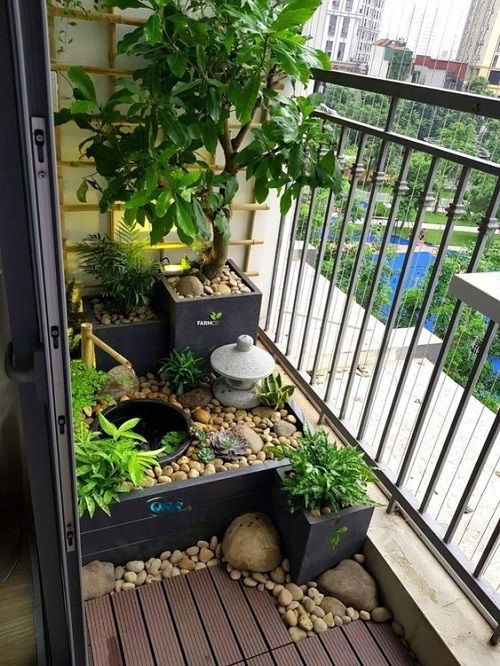
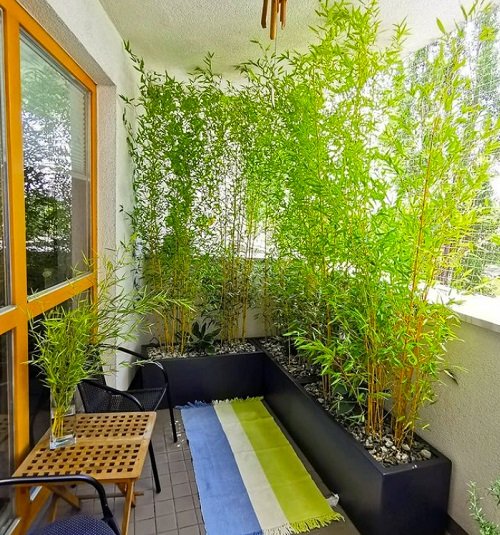

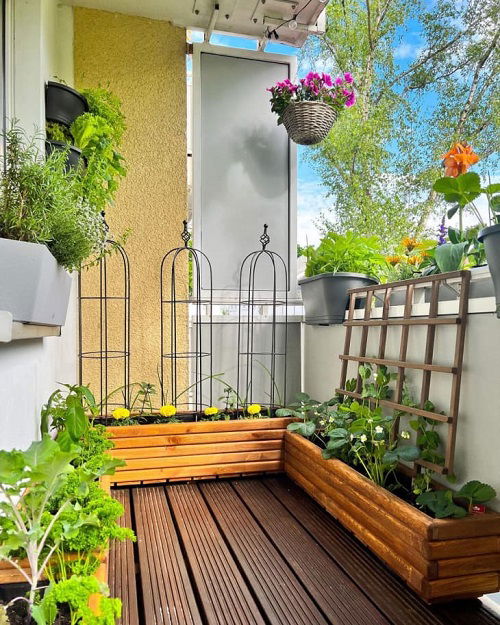




Using the verticle space to decorate and create a garden is a good idea. Like you mentioned, using hanging planters or verticle planters will make any verticle space work. It also would help to choose plants that naturally work their way up like vines or ivy.